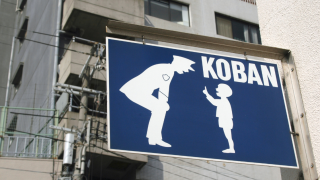 LOANWORD
LOANWORD What Image Do Japanese People Have of Hubei Province?Wuhan, the Capital, as a Symbol of China’s New Model of Development
Known as the “Thoroughfare of Nine Provinces,” Hubei stands at the crossroads of China’s history and future. Once the cradle of Chu culture, the province has reinvented itself through renewable energy, digital innovation, and sports-driven urban development. Today, it represents a dynamic model of sustainable growth in the heart of inland China.









